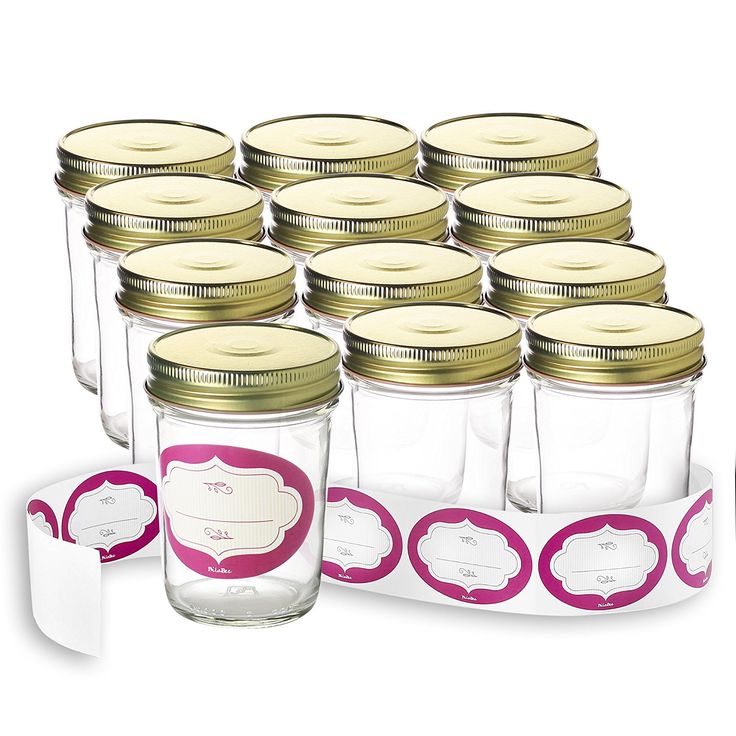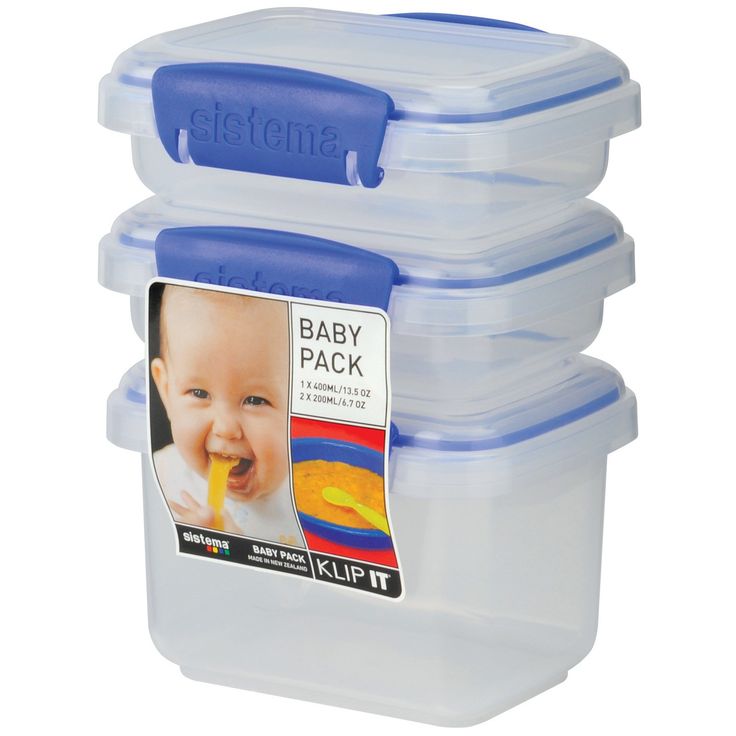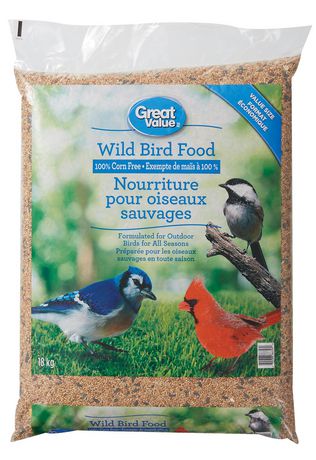Solid food ideas for baby
Baby and toddler meal ideas
If you need some inspiration to help you cook healthy and tasty food for your child, try these meal ideas.
These are not suitable as first foods but are fine once your baby is used to eating a wide range of solid foods. Read more about your baby's first solid foods.
When preparing food for babies, do not add sugar or salt (including stock cubes and gravy) directly to the food or to the cooking water.
You can find more recipes and meal ideas on the Start4Life website.
Breakfast ideas for babies and young children
- unsweetened porridge or lower-sugar cereal mixed with whole milk and topped with fruit, such as mashed ripe pear or banana
- wholewheat biscuit cereal (choose lower-sugar options) with whole milk and fruit
- lower-sugar breakfast cereal and unsweetened stewed apple with plain, unsweetened yoghurt
- toast fingers with mashed banana and smooth peanut butter (if possible, choose unsalted and no added sugar varieties)
- toast fingers with a hard-boiled egg and slices of tomato, banana or ripe peach
- toast or muffin fingers with scrambled egg and slices of tomato
Lunch ideas for babies and young children
- lamb curry with rice
- cauliflower cheese with cooked pasta pieces
- baked beans (reduced salt and sugar) with toast
- scrambled egg with toast, chapatti or pitta bread served with vegetable finger foods
- cottage cheese (full-fat) dip with pitta bread, cucumber and carrot sticks
Dinner ideas for babies and young children
- mashed sweet potato with chickpeas and cauliflower
- shepherd's pie (made with beef or lamb and/or lentils or vegetarian mince) with green vegetables
- rice and mashed peas with courgette sticks
- minced chicken and vegetable casserole with mashed potato
- mashed canned salmon with couscous and peas
- fish poached in milk with potato, broccoli and carrot
Finger foods for babies and young children
Finger food is food that's cut up into pieces big enough for your child to hold in their fist with a bit sticking out. Pieces about the size of your own finger work well.
Examples of finger foods:
- soft-cooked vegetables, such as broccoli, cauliflower, courgette, parsnip and sweet potato
- carrot or cucumber sticks and avocado
- fresh fruits, such as apple (soft-cooked if needed), banana or soft, ripe peeled pear or peach
- toast, pitta or chapatti fingers
- unsalted and unsweetened rice or corn cakes
- strips of meat without bones, such as chicken and lamb
- cheese on toast fingers, made with full-fat cheese, and cucumber
- hard boiled eggs
- omelette fingers
Healthy snacks for young children
Babies under 12 months do not need snacks; if you think your baby is hungry in between meals, offer extra milk feeds instead.
Once your baby is 1 year old, you can introduce 2 healthy snacks in between meals. For example:
- vegetables, such as broccoli florets, carrot sticks or cucumber sticks
- slices of fruit, such as apple, banana or soft, ripe peeled pear or peach
- pasteurised, plain, unsweetened full-fat yoghurt
- toast, pitta or chapatti fingers
- unsalted and unsweetened rice or corn cakes
- small strips of cheese
Getting your child to eat fruit and vegetables
It may take up to 10 tries, or even more, for your child to get used to new foods, flavour and textures.
Be patient and keep offering a variety of fruits and vegetables, including ones with bitter flavours, such as broccoli, cauliflower, spinach and cabbage.
Try to make sure fruits and vegetables are included in every meal.
To help your child eat more fruit and vegetables:
- give carrot sticks, cucumber sticks or slices of pepper with hummus as a snack
- give apple slices with smooth peanut butter as a snack
- mix chopped or mashed vegetables with rice, mashed potatoes, meat sauces or dhal
- add vegetables to classic savoury dishes such as cottage or shepherd's pie, spaghetti bolognese or casseroles
- chop prunes or dried apricots into cereal or plain, unsweetened yoghurt, or add them to a stew
- for a tasty dessert, try mixing fruit (fresh, canned or stewed) with plain, unsweetened yoghurt
Read more about helping your baby enjoy new foods and fussy eaters.
Drinks for babies and young children
Find out about drinks and cups for babies and young children.
Page last reviewed: 21 December 2022
Next review due: 21 December 2025
Best Early Finger Foods for Baby (With Tips, Visuals, and Recipes)
Use this list of safe, nutritious, and easy to eat finger foods for baby to help you know exactly what (and how) to offer at meals and snacks. Plus, find the best first finger foods, troubleshooting tips, and visuals of foods broken down by food group to keep things easy!
Finger Foods for Baby
After baby starts solids and is ready to move onto finger foods, you may feel a little confused by exactly what to serve and how to serve it. Which is totally normal because it can be scary to let baby feed themselves this way and we may not have any experience doing this—or we may have totally forgotten from our last kiddo!
This list of finger foods for baby will cover some great first finger foods to start with, then set you up with plenty of healthy options from each food group.
TIP: Find more info on starting solids here and the best foods to start with if doing baby led weaning or purees with baby.
Healthy Baby Food
I love sharing these ideas for baby food since they are easy to prepare and serve and because I know how hard it can be to continue to come up with flavorful and healthy meals and snacks for our little ones. Let me tell you, I’m on my third kiddo and it can be such a challenge to feed him during the chaos of parenting the rest of my crew! These foods are wholesome and nutritious—perfect for your baby.
TIP: I’m a big fan of SpoonfulONE, a company that offers the most complete way to introduce food allergens to our kids. They make mix-ins, puffs, and crackers that are yummy and easy for babies and toddlers to eat. Learn more about their pediatrician-approved baby foods here. (sponsored link)
Best First Finger Foods
When baby is around 9 months, you’ll notice that they’re able to pick up smaller pieces of food with two fingers. This is known as the “pincer grasp” and is a sign that they’re ready to start finger foods. To be clear, when I say “finger foods” I mean small pieces of food that a baby (or toddler) can feed themselves.
This is known as the “pincer grasp” and is a sign that they’re ready to start finger foods. To be clear, when I say “finger foods” I mean small pieces of food that a baby (or toddler) can feed themselves.
Here are some of my favorite ones to start with that are all super soft, safe to eat, and easy to pick up.
- Scrambled egg, broken up into small pieces
- Roasted sweet potato mashed and broken up into small pieces
- Fresh raspberries, broken up into smaller pieces
- Oatmeal, cooked according to package directions and allowed to cool
- Tofu, diced and sauteed lightly or steamed
- Ground beef, chicken, or turkey, broken up into small pieces or lightly mashed meatballs
- Shredded cheese or crumbled goat cheese
- Mashed sweet potato, in little pieces
- Peanut butter puffs
TIP: You can serve the tofu, ground meat, or meatballs in veggie puree from a pouch or a simple marinara sauce for extra moisture and flavor.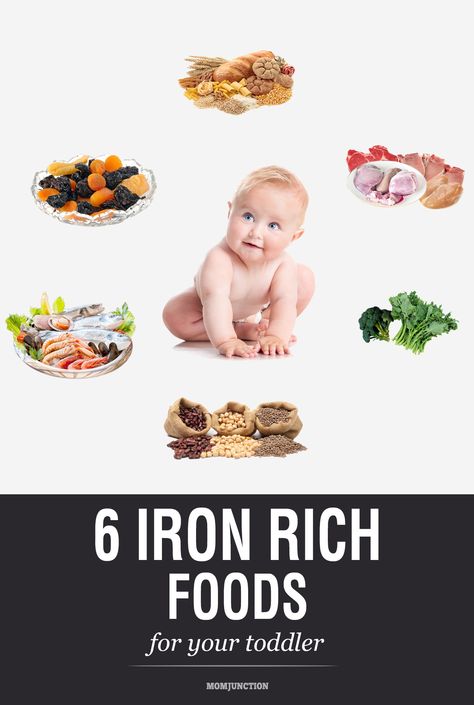 Learn more about how and why to introduce peanut butter.
Learn more about how and why to introduce peanut butter.
Finger Foods for Baby: Fruits and Veggies
Some of my favorite early fruits and veggies to serve babies are:
- Mashed roasted sweet potato, broken up into small pieces
- Warmed frozen peas, slightly mashed if desired
- Roasted Zucchini
- Diced Roasted Sweet Potato or Butternut Squash
- Fresh blueberries, cut in half or quarters
- Fresh raspberries, broken into small pieces
- Banana, broken into small segments (they are less slippery this way versus slicing them)
- Avocado, diced and mashed slightly (be sure it’s ripe and very soft)
TIP: A good rule of thumb is to serve pieces of food that are about the size of a pea to start and soft enough that they are easy to squish between your fingers. This will be easy for baby to pick up and eat and will also reduce chances of choking.
Finger Food Ideas: Carbohydrates
Offering complex carbohydrates can provide fiber, a variety of textures, B vitamins, and more. Try these with your baby.
Try these with your baby.
- Spinach pancakes (moisten with applesauce or plain yogurt if needed; this recipe is particularly moist and great for babies)
- Oatmeal, cooked according to package directions and allowed to cool
- Baby Puffs
- Peanut Butter Puffs
- Rice (it’s easiest if it’s in little clumps so baby can pick it up; this Coconut Rice or this Cheesy Rice are both good options)
- Baby Banana Muffin
- O cereal (soften in nondairy unsweetened milk or yogurt as needed)
- Baked Oatmeal, diced
Finger Food Ideas: Proteins
Offering proteins will continue to expose baby to a range of nutrients. These are my go-tos for babies newer to finger foods—and toddlers too.
- Shredded cheese (thicker cuts are a little easier to pick up)
- Tofu, diced and sauteed lightly or steamed
- Flaked cooked wild salmon
- Lightly mashed meatballs
- Shredded chicken, cut up finely (we love this Butter Chicken to share with baby)
- Ground beef, turkey, or chicken, broken into smaller pieces
- Lightly mashed beans
- Scrambled eggs, broken up into small pieces
- Diced egg muffins
I’d love to hear any questions you may have, or if you have foods that your babies enjoy that I didn’t include here.
 Chime in below in the comments!
Chime in below in the comments!Prep Time 5 minutes
Cook Time 5 minutes
Total Time 10 minutes
Author Amy Palanjian
Cuisine American
Course Baby Food
Calories 124kcal
Servings 1
First Finger Foods (choose 1-3 per meal)
- ▢ 1 Scrambled egg (broken up into small pieces)
- ▢ 1/4 cup Roasted sweet potato, mashed and broken up into small pieces
- ▢ 1/4 cup Fresh raspberries (broken up into smaller pieces)
- ▢ 1/4 cup Oatmeal (cooked according to package directions and allowed to cool)
- ▢ 2 tbsp Tofu (diced and sauteed lightly or steamed)
- ▢ 2 tbsp ground beef, chicken, or turkey, broken up into small pieces or lightly mashed meatballs
- ▢ 2 tbsp shredded cheese or crumbled goat cheese
- ▢ 1/4 cup Mashed sweet potato (broken into little pieces)
- ▢ 1/4 cup Peanut butter puffs
Fruits and Veggies
- ▢ 1/4 cup mashed roasted sweet potato (broken up into small pieces)
- ▢ 1/4 cup warmed frozen peas
- ▢ 1/4 cup Roasted Zucchini
- ▢ 1/4 cup diced Roasted Sweet Potato or Butternut Squash
- ▢ 1/4 cup blueberries (cut in half or quarters)
- ▢ 1/4 cup raspberries (broken into small pieces)
- ▢ 1/4 cup banana slices (broken into small segments—they are less slippery this way versus slicing them)
- ▢ 2 tbsp avocado (diced and mashed slightly—be sure it's ripe and very soft)
Whole Grains and Carbohydrates
- ▢ 1 Spinach pancakes (moisten with applesauce or plain yogurt if needed; this recipe is particularly moist and great for babies)
- ▢ 1/4 cup Oatmeal (cooked according to package directions and allowed to cool)
- ▢ 1/4 cup Baby Puffs
- ▢ 1/4 cup Peanut Butter Puffs
- ▢ 1/4 cup fully cooked rice (it's easiest if it's in little clumps so baby can pick it up; this Coconut Rice or this Cheesy Rice are both good options)
- ▢ 1 Baby Banana Muffin
- ▢ 1/4 cup O cereal (soften in nondairy unsweetened milk or yogurt as needed)
- ▢ 1/4 cup Baked Oatmeal (diced or regular oatmeal broken into little pieces)
Dairy
- ▢ 2 tbsp Shredded cheese (such as mozzarella)
- ▢ 2 tbsp Tofu (diced and sauteed lightly or steamed)
- ▢ 2 tbsp flaked cooked wild salmon
- ▢ 1 lightly mashed meatballs
- ▢ 2 tbsp finely shredded chicken (we love this Butter Chicken to share with baby)
- ▢ 2 tbsp ground beef, turkey, or chicken (broken into smaller pieces)
- ▢ 2 tbsp lightly mashed beans
- ▢ 1 Scrambled egg (broken up into small pieces)
- ▢ 1 Diced Egg muffins
For each meal or snack, choose 2-3 foods from a mix of food groups.
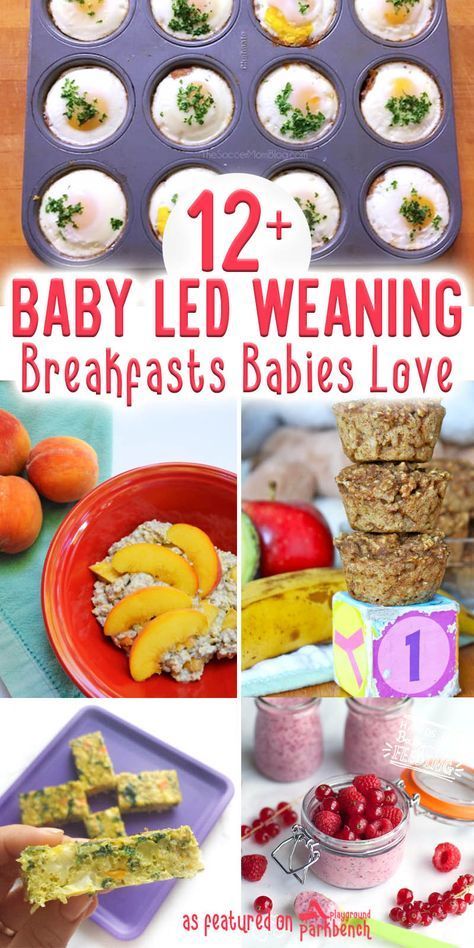 Aim to include some fat in most meals and protein in many too.
Aim to include some fat in most meals and protein in many too.Prepare the food, cutting into small pieces and/or mashing as needed to make the food easy to eat.
Start with small portions and allow more as baby indicates according to their hunger.
- Store leftovers in an airtight container for 3-5 days in the fridge.
- Many foods you cook for your family will work as baby finger foods—just be sure they are easy to squish between your fingers and the pieces are small and easy to chew.
- Babies very normally make a lot of faces when they eat, so don't assume they don't like something just because they scrunch their nose!
- Flavors and textures can take time to learn to eat, so continue offering foods in small portions even if baby hasn't liked them in the past—and make sure they taste good to you!
Calories: 124kcal, Carbohydrates: 14g, Protein: 7g, Fat: 4g, Saturated Fat: 1g, Polyunsaturated Fat: 1g, Monounsaturated Fat: 2g, Trans Fat: 1g, Cholesterol: 164mg, Sodium: 81mg, Potassium: 344mg, Fiber: 4g, Sugar: 5g, Vitamin A: 9857IU, Vitamin C: 18mg, Calcium: 51mg, Iron: 1mg
Tried this recipe?Rate in the comments and tag @yummytoddlerfood on IG!
5 easy ways to transfer a child to an adult table: from mashed potatoes to pieces
How to transfer a child to an adult table, what are the rules for a healthy diet for a child after a year and how to teach a baby to chew: read about this and much more in our material.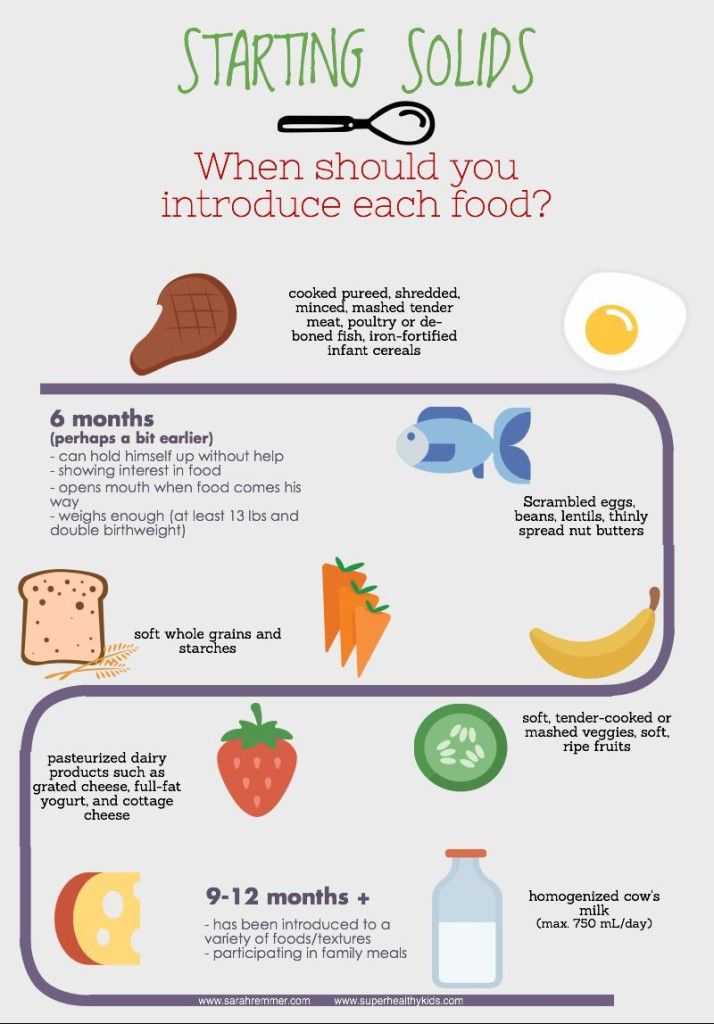
Most often, by the age when grown-up babies have already learned to sit on their own, they show interest in the parent's table. Sometimes, with great zeal, they strive to try everything that is on the plate of their parents or brothers and sisters. And if they managed to get a trophy in the form of adult food, they not only try it “by the tooth”, but they can also smear it on the table or throw it on the floor. nine0003
And now there comes a moment when every parent dreamily thinks that soon there will be no need to prepare a “special menu” for the youngest member of the family and everyone will finally eat the same thing. But when does this time come?
When is the right time?
Experts agree that there are no clear boundaries, because every baby develops at its own pace. Coordinating the work of all the muscles of the oral cavity and chewing hard pieces can be still difficult for babies. At the first stage of acquaintance with complementary foods, it is better to use homogenized purees, then - products with a puree-like consistency, and later - with pieces. Often at 8-9months, children try to gnaw everything that gets into their mouths, and they usually already have several teeth, and all this suggests that the structure of food can be complicated. Let's see how.
Often at 8-9months, children try to gnaw everything that gets into their mouths, and they usually already have several teeth, and all this suggests that the structure of food can be complicated. Let's see how.
5 easy ways to transition your child to adult meals
1. Take it slow and encourage interest
Starting with mashed potatoes, slowly but steadily add thicker foods to your diet. At the age of 6 months (it all depends on the pace of development of your baby and his physiological characteristics, for example, on the number of teeth), you can safely treat children to special children's cookies. nine0003
It will also be useful to observe the food interest of the baby - to notice that he himself is drawn to some adult food.
Be sure to tell us about the taste, texture, color of the product.
Photo: shutterstock / Katrina Era2. Create a special atmosphere at the table
It is very important for kids to follow the routine - eat at the same time, do it in your own place and preferably with your children's appliances from your dishes, and, of course, in your chair. This disciplines, allows the gastrointestinal tract to work by the hour. nine0003
This disciplines, allows the gastrointestinal tract to work by the hour. nine0003
Baby chairs are ideal for feeding your baby. First of all, it is safe, but do not forget that the child must always be fastened. Show by your own example how to use cutlery, because kids repeat everything after adults.
Make family breakfasts, lunches or dinners (and conversations) a special time. Time at the table is the time of communication, let it be a good tradition and remain in the memory of the child.
3. Choose special products to transition to an adult table
During the transition to adult food, unfamiliar food may seem tasteless, the child may think that you are giving him something inedible. One of the best transition options would be a special combined puree, for example, the FrutoNyanya line with pieces of meat and vegetables, which will introduce the baby to a new consistency and help stimulate chewing skills due to the pieces of vegetables and crushed grains contained there. In addition, each jar of this line contains 12% of the physiological needs of the baby (aged 9months) in iron.
In addition, each jar of this line contains 12% of the physiological needs of the baby (aged 9months) in iron.
4. Cook meals that are suitable for the whole family
Cooking for the whole family is a great idea. The main rule: your diet should be suitable for the child, which means a minimum of salt and spices. Introduce baby vegetable "soups", boiled or steamed vegetables, lightly crushed with a blender or mashed with a fork, into the child's diet. You can give your child to try different foods with pieces. And if he doesn't like it, offer again in a couple of weeks. It is important here not to miss the moment, but also not to rush: if you start introducing thicker and solid foods into your baby’s diet too early, this can lead to eating disorders and other problems. nine0003
5. Avoid watching cartoons and using gadgets while eating
It is important to be patient and not distract your child with cartoons and gadgets. So he will be able to feel the taste of food and learn to enjoy the process of eating - both in the present and in the future. Of course, turning on the cartoon and quickly feeding the child is very convenient, but when the baby is fascinated by what is happening on the screen, his brain analyzes only the cartoon and does not think about the taste of food and satiety at all. nine0003
So he will be able to feel the taste of food and learn to enjoy the process of eating - both in the present and in the future. Of course, turning on the cartoon and quickly feeding the child is very convenient, but when the baby is fascinated by what is happening on the screen, his brain analyzes only the cartoon and does not think about the taste of food and satiety at all. nine0003
What happens if you miss the moment?
More and more mothers and fathers in parent groups on the Internet complain that their seemingly healthy child refuses to chew solid food. The reasons may be different - for example, "laziness" (kids do not want to chew, as at first this is not an easy process).
Delaying the introduction of more adult foods and foods with chunks too long can lead to a range of problems, from eating disorders to functional and even organic disorders. And, of course, the work of the gastrointestinal tract suffers. nine0003
The advice in the articles is advisory in nature and cannot replace a visit to your doctor.
Photo: shutterstock / BigLike Images
Solid food: practical tips for introducing
on Wed, 12/29/2021 - 04:56 PM
Feeding Timing: Tips for Introducing Solid Foods
When introducing solid foods to a baby's diet, schedules and menus can be quite flexible. Here are some tips to help you:
- Pick a time of day when you and your child are calm, relaxed and not in a hurry.
- Wash hands, spoons, bowls and plates before eating or preparing food; sterilization is not necessary.
- Place your baby in a high chair or safe place and spoon feed.
- Give your baby a spoon to try on his own. A method may work when both you and the child have a spoon.
- Give your baby soft food to try on his own. nine0066
When is the best time to start introducing solid foods? When you notice signs of readiness in a child. As a rule, this happens at the age of about six months, but not before four months.
Tips for Getting Your Baby Interested in Solid Foods
By the time your baby is 12 months old, he should be eating the same healthy foods as the rest of the family. Here are some ideas on how to get your toddler interested in new foods after he has started eating solid foods:
- Offer foods that the child is interested in, that is, those that he is trying to reach or look at.
- Talk to your baby about the food he eats: say what it is, what color it is, taste, where it grows and how you cooked it.
- Invite your child to try what is on your plate to introduce him to the taste of homemade dishes. This is a good time to think about what you eat and enjoy healthy food as a family. nine0066
- When your baby starts eating more solids, if possible, feed him at a time when others are also at the table. Children tend to be more interested in food when other family members are also eating.
- Should be guided by the level of interest and appetite of the child.
 Your baby's appetite changes from day to day - this is normal.
Your baby's appetite changes from day to day - this is normal. - If your child refuses a new food, simply offer it the next day. Sometimes for babies and children older need to try new food more than 10 times before they accept it.
It is normal for a child to make faces when trying new foods. When a child makes faces, this does not mean that he does not like the food offered.
Games and disorder during meals: how to treat them
It is quite natural that a child eats very slowly and creates some disorder. This is because eating is a skill that toddlers need to learn. They also learn how to bring food to their mouths. In addition, by touching new food and playing with it, children learn about the world around them. nine0003
Here are a few ideas to help you make the best use of mealtime and deal with messy eating:
- Encourage your child to "explore" food with their hands.




